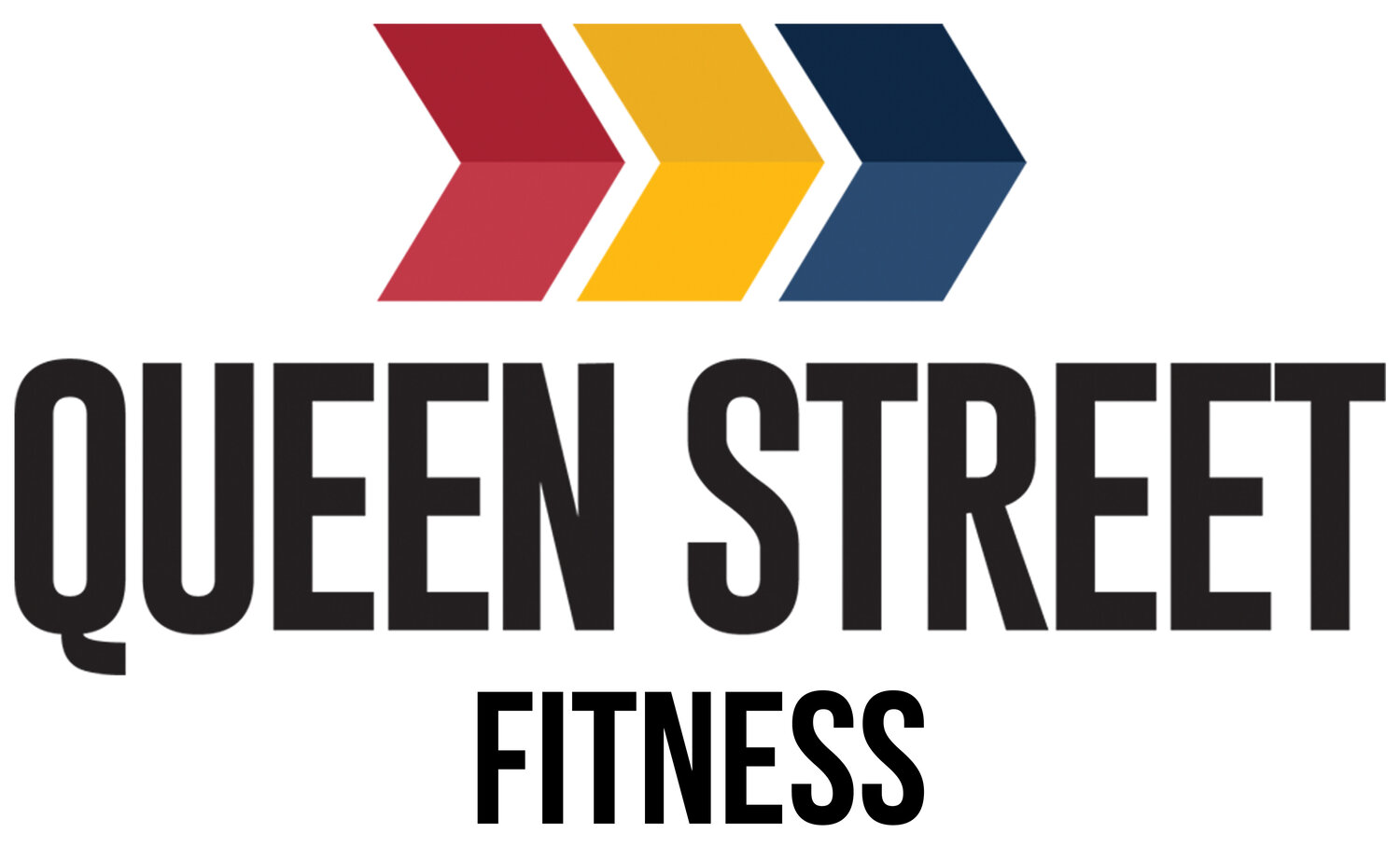We get a lot of questions at the gym about how people should eat pre- and post-workout, both in terms of what they should eat and when they should eat it. Usually people ask this because they are looking to maximize their performance in the gym and their ability to recover.
Pre-and Post-Workout Nutrition Guidelines
If you often feel low-energy, hungry, nauseous, or grumpy during a workout, those may be signs that you should pay closer attention to your pre-workout nutrition. The objective of pre-workout food should be to provide energy for your training session.
With that objective in mind, we recommend that you are not hungry before a workout and that you eat a balanced meal post workout. Eating a balanced meal (protein, carbs, and fats) 1-2 hours before you train (or if you train in the morning, some quick-digesting carbohydrates) will prevent hunger and provide energy for training. If you find yourself nauseous or feeling sick or sluggish in a training session, that may indicate that you are eating too much and/or too soon to your training time.
The objective of immediate post-workout food is to aid in your recovery. After training, blood flow is increased and your muscles are primed to accept nutrients. Eating protein and carbohydrates immediately (15-45 minutes) after your training session will promote recovery by helping you rebuild tissue and replenish energy stores. The amount of each (protein and carbs) will depend on your goals, your size, and the stimulus of the workout (a long AMRAP vs. a 1-rep-max lift). This could range between 15-30g of protein and 30-90g of carbohydrates.
*Credit to Renaissance Periodization
Nutrient Timing
Some diet templates for athletes stress the importance of nutrient timing and this “post-workout window.” They will prescribe specific macronutrient breakdowns, and when these macronutrients should be consumed throughout the day (eg. more carbs around training times). While nutrient timing may indeed make a difference for some athletes, that impact is only felt if all the more basic elements of nutrition are already dialed in (consistency, calories, macronutrients). The image with this post is from Dr. Mike Israetel, showing what he calls the “magnitudes” of diet principles: what elements of diet can move the needle for you the most. If you are already taking great care with your nutrition in the bigger areas (tracking your food, eating high quality foods, etc.) and want to optimize your nutrition more, that is the point to maybe explore more complex nutrient timing.
Intermittent Fasting
Another trend in nutrition related to when you eat is something called Intermittent Fasting (IF). This entails limiting your total food window, but not restricting calories: it is decreasing hours of the day you consume food. There are different approaches to this, but for many it looks like 12-16 hours of fasting a day (so like only eating 8am-4pm, or 12pm-6pm, etc.) Due to recent clinical research into potential benefits of extended periods of fasting (life expectancy, blood glucose and blood lipid regulation, body weight and composition management, etc.), this type of diet have recently gained quite a bit of popularity. The benefits of IF have not yet been conclusively connected to athletic performance, but there is some compelling evidence connecting it to other areas of health. If you interested in learning more about IF, Precision Nutrition has a series of seminars on the topic available for free on their website. Here is a link to the first: https://www.precisionnutrition.com/intermittent-fasting-video-1


